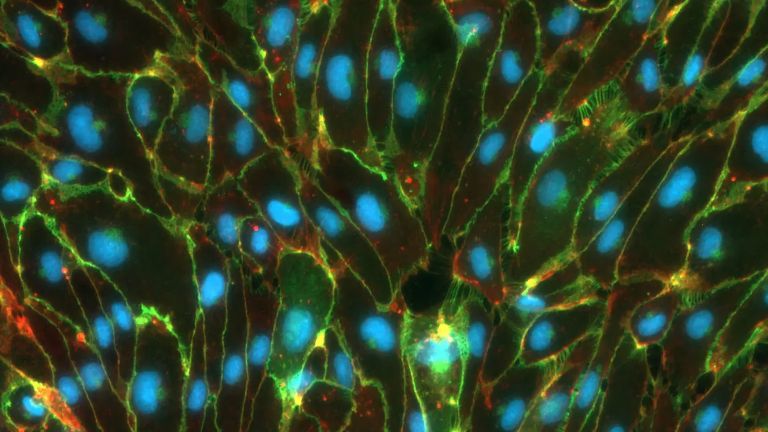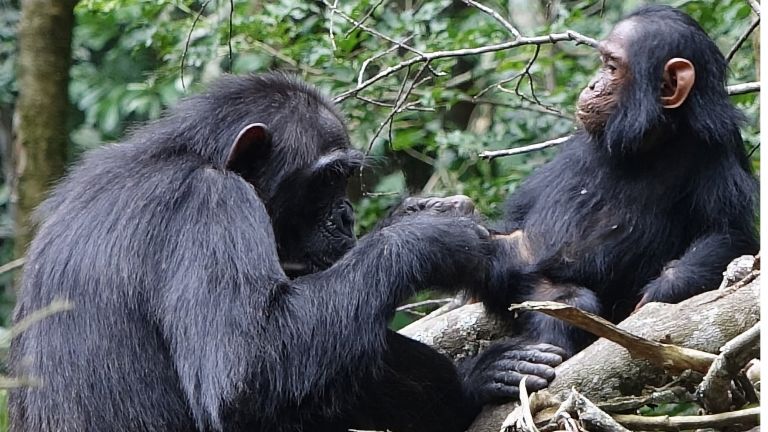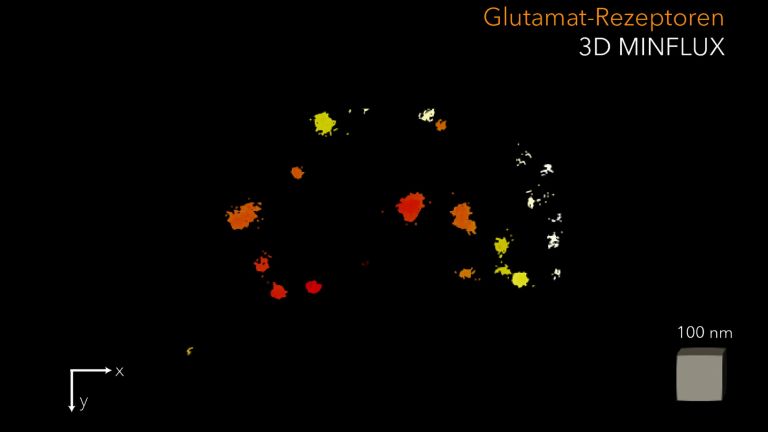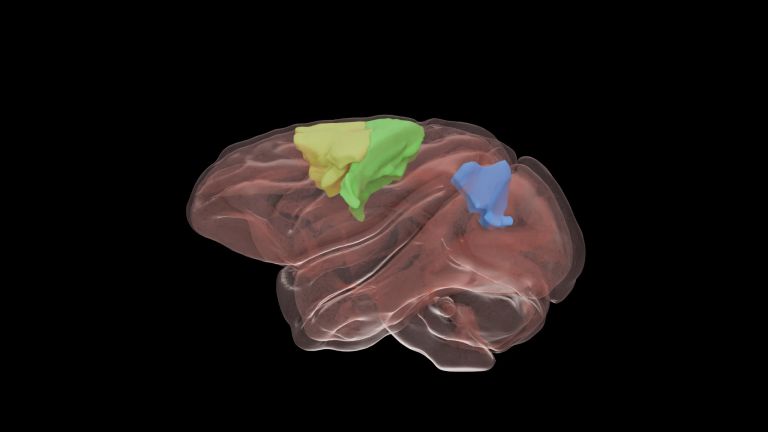
Disruptions to the protective barrier contribute to the development of serious brain diseases such as stroke and Alzheimer's.

Disruptions to the protective barrier contribute to the development of serious brain diseases such as stroke and Alzheimer's.

A new study identifies molecular factors that promote small vessel disease – and an active drug that can restore impaired vascular functions.

Chimpanzee mothers interact with their young in a rhythmic way - almost like a human conversation

What is the evolutionary advantage of our consciousness? And what can we learn about this from observing birds?

Our hearing is based on the organized grouping of proteins

Discovery points to a potential new therapeutic pathway for Alzheimer’s disease

A study by the German Primate Center shows parallels between Guinea baboons and human hunter-gatherer societies

How research into movement planning in the brain is helping to advance the development of neuroprostheses

People with ataxia often experience stress-induced motor incoordination. Researchers have now discovered which receptor is responsible for this.

Study traces the evolutionary roots of the lifespan gap between women and men